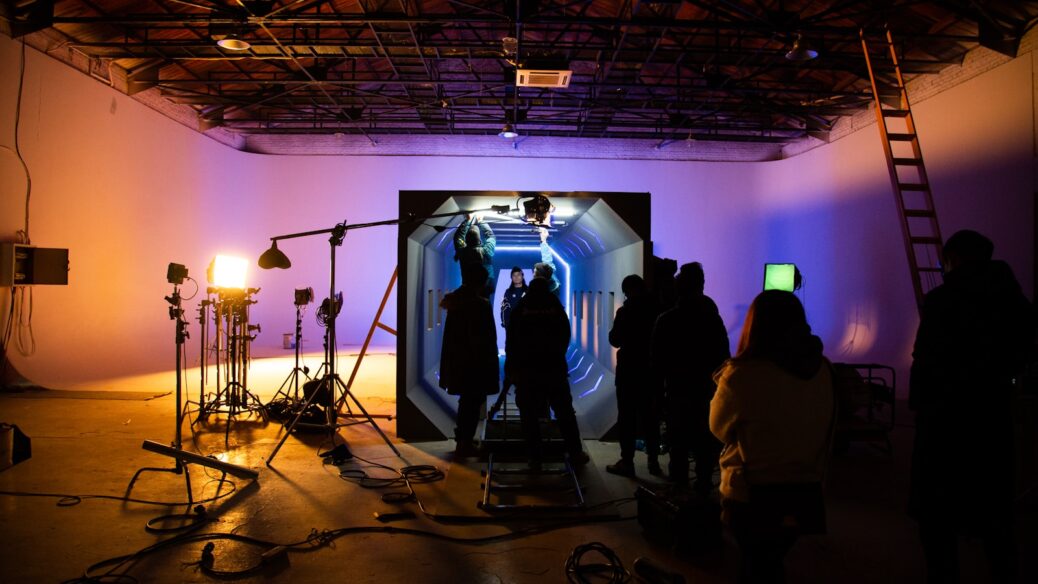As a commercial photographer, understanding and controlling light is essential for creating impactful and visually stunning images. Whether you’re shooting products, fashion, or corporate portraits, mastering light can elevate your work to the next level. In this comprehensive guide, we’ll explore techniques, tips, and best practices for achieving perfect commercial photography through effective lighting.
1. Know Your Light Sources
Before you even pick up your camera, familiarize yourself with different light sources. Natural light, studio strobes, continuous lights, and speedlights each have unique qualities. Understand how they affect shadows, highlights, and color temperature. Experiment with various setups to find what works best for your specific project.
2. Quality Over Quantity
In commercial photography, quality of light matters more than quantity. Soft, diffused light is often preferred because it minimizes harsh shadows and flatters subjects. Use softboxes, umbrellas, or bounce cards to create gentle, even illumination. Avoid direct, harsh sunlight unless it serves a specific purpose in your composition.
3. Mastering the Three-Point Lighting Setup
The classic three-point lighting setup is a staple in commercial photography. It consists of:
- Key Light: The primary light source that illuminates your subject. Position it at a 45-degree angle to the subject for flattering results.
- Fill Light: Softens shadows created by the key light. Place it opposite the key light.
- Backlight (Hair Light): Adds depth and separation by highlighting the edges of your subject. Position it behind the subject.
4. Controlling Shadows
Shadows can make or break an image. Experiment with the angle and intensity of your light sources to control shadow placement. Consider using reflectors or additional lights to fill in harsh shadows. For dramatic shots, embrace shadows strategically.
5. White Balance and Color Temperature
Pay attention to white balance and color temperature. Adjust your camera settings or use gels on your lights to achieve the desired color tone. Warm tones (tungsten) create a cozy feel, while cool tones (daylight) evoke freshness.
6. Modifiers and Diffusers
Modifiers play a crucial role in shaping light. Softboxes, beauty dishes, and diffusers soften and spread light. Grids and snoots focus light precisely. Experiment with different modifiers to achieve the desired mood.
7. Understanding Hard vs. Soft Light
Hard light creates strong, defined shadows, while soft light wraps around subjects. Use hard light for edgy fashion shots or product photography. Soft light works well for portraits and lifestyle images.
8. Balancing Ambient Light
When shooting on location, balance ambient light with artificial light. Adjust your exposure settings to maintain a natural look while enhancing your subject with controlled lighting.
9. Storytelling with Light
Think beyond technical aspects. Use light to tell a story. Consider the mood, emotions, and brand message you want to convey. A well-lit image communicates professionalism, trust, and creativity.
10. Post-Processing and Retouching
Even with perfect lighting, post-processing matters. Use tools like Adobe Lightroom or Photoshop to fine-tune exposure, contrast, and color balance. Retouch skin, remove distractions, and enhance details.
Remember, mastering light is an ongoing journey. Continuously learn, practice, and experiment. As you refine your skills, your commercial photography will evolve, leaving a lasting impression on clients and viewers alike. Happy shooting! 📸✨


